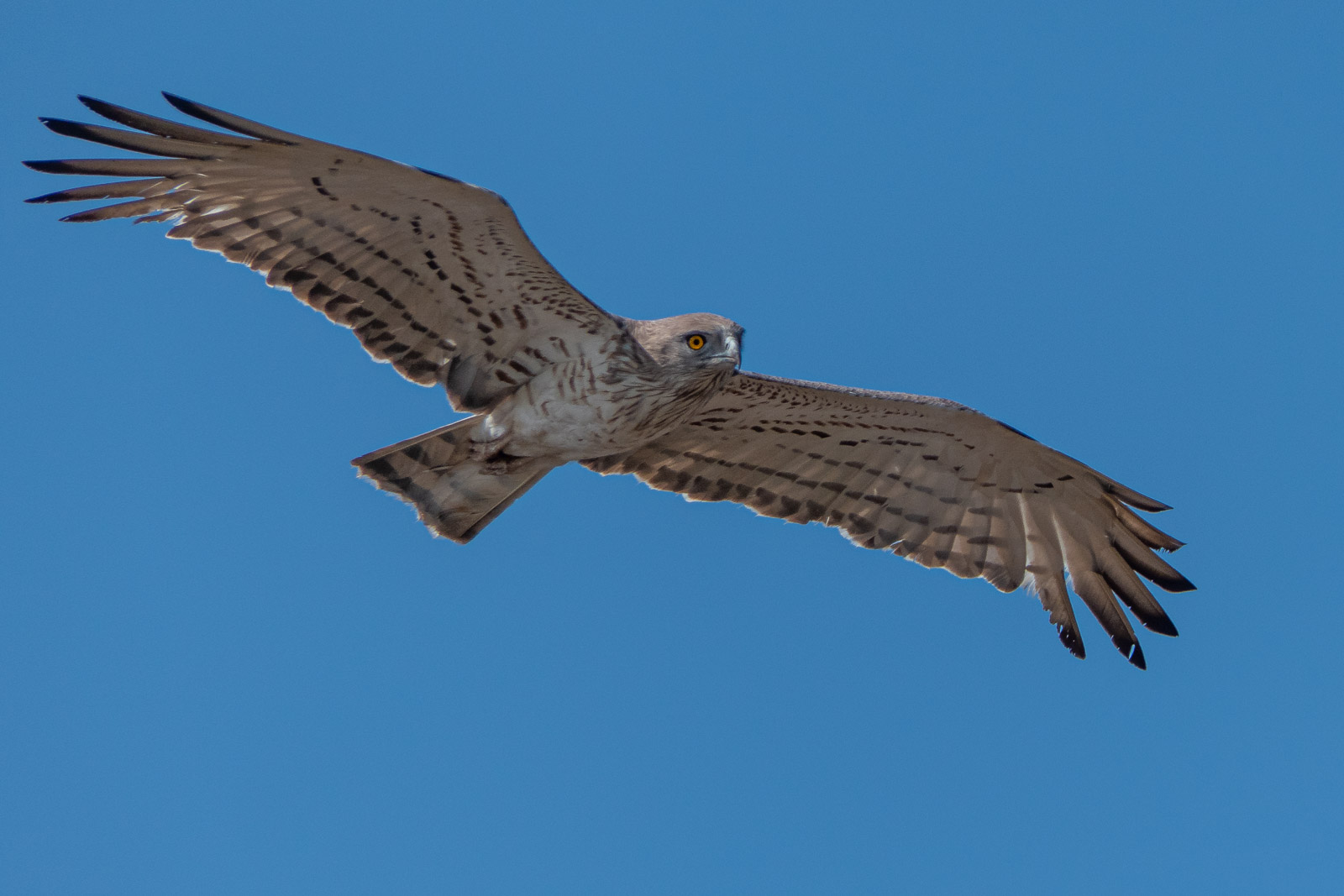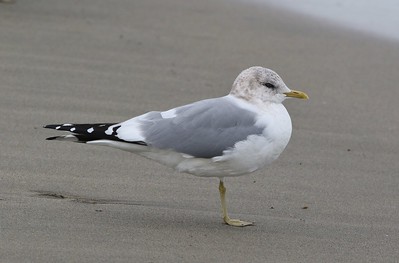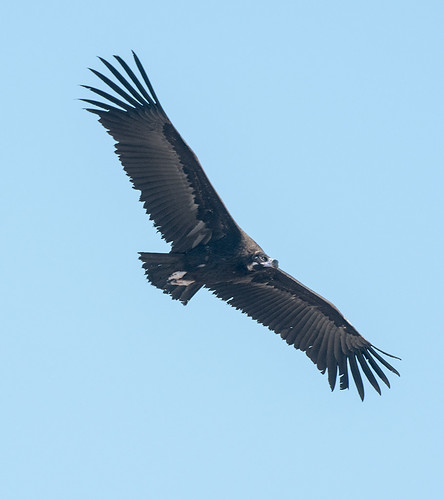BUBO Listing News

BUBO Listing has just had a major upgrade to the underlying system. Everything should work as before (and hopefully look a bit nicer, and run a bit faster!). There are a few changes that still need to be completed, and these will be done soon, including:
- Downloading lists
- Latest list update images
- Missing images from old articles
- Contact form not working
We have added some extra security features to reduce the number of spam and hacking attempts we unfortunately receive. You may get errors with some lists not loading (and just showing "loading..."). If you do please try again after a few hours, and also try clearing your browser cache and restarting it.
If you do encounter any other problems, please Contact Us. Thank you for your patience, and we hope you enjoy the improved BUBO Listing!
Following on from our recent post about Azure-winged and Iberian Magpies, here are some other frequently confused (at least for entering on lists, if not identification) species. Please have a look through and correct any of your lists if you think you may have made one of these errors!
- Hepatic Tanager - 50+ people recording this from Costa Rica southwards instead of recording Tooth-billed or Red Tanager (Hepatic reaches no further south than Nicaragua)
- Black-shouldered Kite - 40+ people recording this outside of Australia when they've actually seen Black-winged Kite
- Purple Gallinule - 25+ people recording this in Western Europe (mostly from Spain), rather than Western (or another) Swamphen - there are a few validly ticked Purple Gallinules as a result of a vagrant in Lisbon, but these are the minority
- Black Vulture - 20+ people recording this on this side of the Atlantic (mostly from Spain), rather than Cinereous Vulture
- Cory's Shearwater - c.20 people recording this from the Balearics eastwards where Cory's is replaced by Scopoli's
- Great Grey Shrike - 10+ people recording this from Iberia instead of Iberian Grey Shrike
- Large-billed Crow or Eastern Jungle Crow - 50+ people recording either in south peninsular India or Sri Lanka (two areas where only Indian Jungle Crow should be found)
- Brown-throated Martin - 20+ people recording in Asia when what they saw would have been Grey-throated
- wrong Olivaceous Warbler (e.g. Eastern in Spain, Western in Greece) - c.10 people
- wrong Orphean Warbler - c.10 people
- wrong Subalpine Warbler - c.10 people recording mostly Western in the east, rather than the converse
- Red-flanked Bluetail instead of Himalayan in India or Nepal - c.10 people
As mentioned before, features such as the top targets and top blockers provide much better insights if there aren't too many mistakes on other people's lists.
Whilst we've put this list together mostly based on the IOC world list, similar mistakes appear on other lists too of course. If you spot any other common mistakes, do consider posting in the forum
One feature that makes BUBO easy to use for listing is that we track splits and lumps, changes of name, etc., and apply these centrally to our master lists, so that you don't have to do this yourself on your personal lists. However, when a species is split, we aren't usually able to work out who's seen which of the new species, so this is something that's left to you to update. This usually works well, but sometimes it doesn't–for example, if there has been some confusion over English names in the past, it might not be obvious which of the new species you should add (although we give a clue by including the new geographical range).
A case in point is Azure-winged Magpie. On the IOC list (our most popular world list) the former Azure-winged Magpie was split into two species a few years ago, and it's the one in eastern Asia that's kept the old name, whereas the species found in Spain and Portugal is now known as Iberian Magpie. Many birders have correctly updated their lists, but some have chosen the wrong one–BUBO currently has roughly similar numbers of world lists containing Azure-winged and Iberian Magpies, but many of the former give locations in Iberia–no doubt due to familiarity with the old name.
Why does this matter? Well, we're not in the business of policing people's individual lists. However, BUBO contains useful tools for listers–e.g. the top targets and top blockers–and these use aggregated lists from everyone's personal lists. If there are many listers with Azure-winged incorrectly on their lists in place of Iberian, this skews the results that other listers get when they use these tools.
So... are you listing the correct magpie? Check where you've seen Azure-winged Magpie on your IOC World list, and if it's in Spain or Portugal please change it to Iberian! Make sure you are logged in, and you may also want to check lists other than your IOC world list from My Lists.
Two years since its previous update, the eBird/Clements Checklist of Birds of the World has just published the August 2021 update, and is now available in BUBO Listing.
This major update has 17 newly-described species, 94 new splits, and 8 lumps. Most of these have already been implemented by IOC if you follow that for your world list. A good summary of the changes is provided by eBird, and a discussion of them in our forum.
We automatically apply updates where we can, and in other cases you will be prompted for any taxonomic changes to address yourself.
If you have any queries about distributions or identification of individuals so that you know what you can count, do post in the forums so that other BUBO Listers can help out.
The IOC World List has now been updated to the latest published version 11.2, from July 2021.
This is a large update, with about 110 new species available, through splits or new discoveries. Lots to add for Indonesian birders, but several of Western Palearctic interest as well, e.g. the splits of Atlas Wheatear ("Seebohm's) Oenanthe seebohmi (which has been recorded wild in Belgium!), Maghreb Wheatear O. halophila, and Basalt Wheatear O. warriae.
Also Green Bee-eater is split into its separate forms African, Arabian, and Asian, and the eastern form of Graceful Prinia is now Delicate Prinia.
| Common (or Mew) Gull has had the North American and Eurasian populations split, so birders on both sides of the Atlantic will be paying close attention for any vagrant Common or Short-billed Gulls! | |
 Short-billed Gull Larus brachyrhynchus |
 Common Gull Larus canus |




